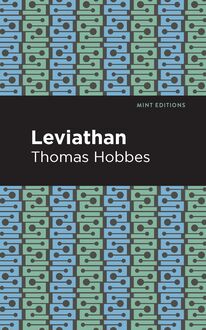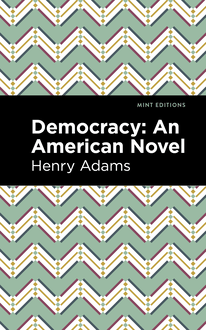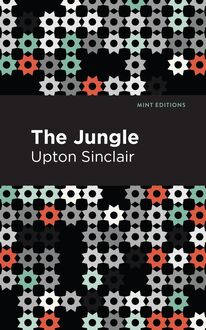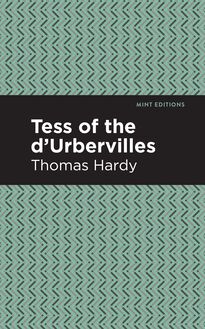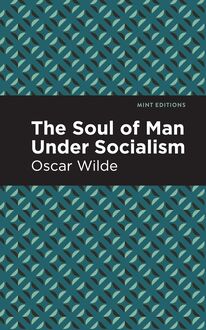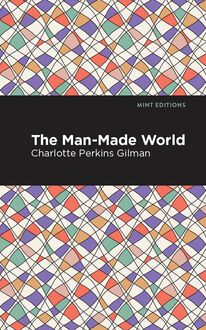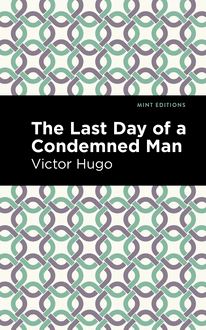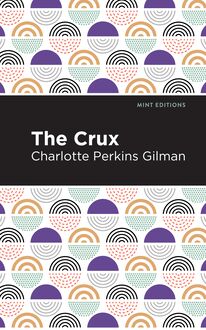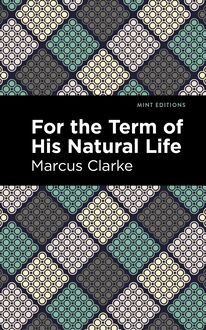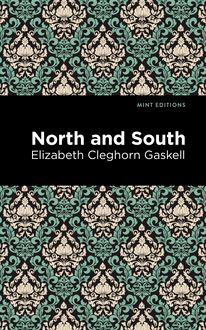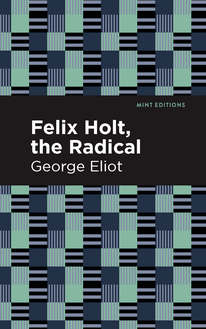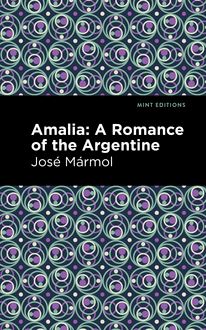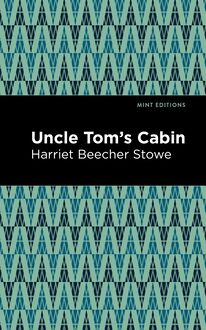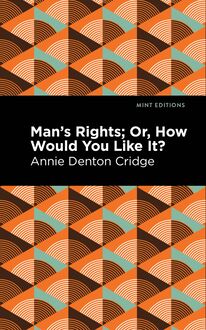-
 Univers
Univers
-
 Ebooks
Ebooks
-
 Livres audio
Livres audio
-
 Presse
Presse
-
 Podcasts
Podcasts
-
 BD
BD
-
 Documents
Documents
-
- Cours
- Révisions
- Ressources pédagogiques
- Sciences de l’éducation
- Manuels scolaires
- Langues
- Travaux de classe
- Annales de BEP
- Etudes supérieures
- Maternelle et primaire
- Fiches de lecture
- Orientation scolaire
- Méthodologie
- Corrigés de devoir
- Annales d’examens et concours
- Annales du bac
- Annales du brevet
- Rapports de stage
La lecture à portée de main
Vous pourrez modifier la taille du texte de cet ouvrage
Découvre YouScribe en t'inscrivant gratuitement
Je m'inscrisDécouvre YouScribe en t'inscrivant gratuitement
Je m'inscrisEn savoir plus
Vous pourrez modifier la taille du texte de cet ouvrage
En savoir plus

Description
The Man-Made World (1911) is a sociological study by American author and feminist Charlotte Perkins Gilman. Inspired by her work as a social reformer and advocate for women’s suffrage, Gilman sought to write a work of nonfiction that explained the effects of patriarchy not only on the lives of women, but on the structure and health of society at large.
In the beginning, Gilman observes that though biology naturally attributes motherhood and fatherhood to women and men respectively, there is no evolutionary explanation for the widespread control of men over all other human activities. This inequity, Gilman explains, is what she means by the term “Androcentric Culture,” a culture organized by men, for men. Having established her thesis, Gilman dedicates chapters to such topics as the family, health, art, sports, religion, education, government, economics, and warfare in order to observe the impact of male domination on each. Ultimately, Gilman asks what, if anything, will men lose if women are granted the rights and responsibilities they have no reason not to share. The Man-Made World is a thorough and powerful experiment in sociological thought and a groundbreaking work of feminist nonfiction.
With a beautifully designed cover and professionally typeset manuscript, this edition of Charlotte Perkins Gilman’s The Man-Made World is a classic of American literature and nonfiction reimagined for modern readers.
Sujets
Informations
| Publié par | Mint Editions |
| Date de parution | 05 janvier 2021 |
| Nombre de lectures | 0 |
| EAN13 | 9781513274829 |
| Langue | English |
| Poids de l'ouvrage | 1 Mo |
Informations légales : prix de location à la page 0,0400€. Cette information est donnée uniquement à titre indicatif conformément à la législation en vigueur.
Extrait
The Man-Made World
Charlotte Perkins Gilman
The Man-Made World was first published in 1911.
This edition published by Mint Editions 2020.
ISBN 9781513269825 | E-ISBN 9781513274829
Published by Mint Editions®
minteditionbooks.com
Publishing Director: Jennifer Newens
Design & Production: Rachel Lopez Metzger
Typesetting: Westchester Publishing Services
C ONTENTS
I. A S TO H UMANNESS
II. T HE M AN -M ADE F AMILY
III. H EALTH AND B EAUTY
IV. M EN AND A RT
V. M ASCULINE L ITERATURE
VI. G AMES AND S PORTS
VII. E THICS AND R ELIGION
VIII. E DUCATION
IX. “S OCIETY ” AND “F ASHION ”
X. L AW AND G OVERNMENT
XI. C RIME AND P UNISHMENT
XII. P OLITICS AND W ARFARE ( WITH W OMAN AND THE S TATE )
XIII. I NDUSTRY AND E CONOMICS
XIV. A H UMAN W ORLD
I
A S TO H UMANNESS
L et us begin, inoffensively, with sheep. The sheep is a beast with which we are all familiar, being much used in religious imagery; the common stock of painters; a staple article of diet; one of our main sources of clothing; and an everyday symbol of bashfulness and stupidity.
In some grazing regions the sheep is an object of terror, destroying grass, bush and forest by omnipresent nibbling; on the great plains, sheep-keeping frequently results in insanity, owing to the loneliness of the shepherd, and the monotonous appearance and behavior of the sheep.
By the poet, young sheep are preferred, the lamb gambolling gaily; unless it be in hymns, where “all we like sheep” are repeatedly described, and much stress is laid upon the straying propensities of the animal.
To the scientific mind there is special interest in the sequacity of sheep, their habit of following one another with automatic imitation. This instinct, we are told, has been developed by ages of wild crowded racing on narrow ledges, along precipices, chasms, around sudden spurs and corners, only the leader seeing when, where and how to jump. If those behind jumped exactly as he did, they lived. If they stopped to exercise independent judgment, they were pushed off and perished; they and their judgment with them.
All these things, and many that are similar, occur to us when we think of sheep. They are also ewes and rams. Yes, truly; but what of it? All that has been said was said of sheep, genus ovis, that bland beast, compound of mutton, wool, and foolishness so widely known. If we think of the sheep-dog (and dog-ess), the shepherd (and shepherd-ess), of the ferocious sheep-eating bird of New Zealand, the Kea (and Kea-ess), all these herd, guard, or kill the sheep, both rams and ewes alike. In regard to mutton, to wool, to general character, we think only of their sheepishness, not at all of their ramishness or eweishness. That which is ovine or bovine, canine, feline or equine, is easily recognized as distinguishing that particular species of animal, and has no relation whatever to the sex thereof.
Returning to our muttons, let us consider the ram, and wherein his character differs from the sheep. We find he has a more quarrelsome disposition. He paws the earth and makes a noise. He has a tendency to butt. So has a goat—Mr. Goat. So has Mr. Buffalo, and Mr. Moose, and Mr. Antelope. This tendency to plunge head foremost at an adversary—and to find any other gentleman an adversary on sight—evidently does not pertain to sheep, to genus ovis; but to any male creature with horns.
As “function comes before organ,” we may even give a reminiscent glance down the long path of evolution, and see how the mere act of butting—passionately and perpetually repeated—born of the belligerent spirit of the male—produced horns!
The ewe, on the other hand, exhibits love and care for her little ones, gives them milk and tries to guard them. But so does a goat—Mrs. Goat. So does Mrs. Buffalo and the rest. Evidently this mother instinct is no peculiarity of genus ovis, but of any female creature.
Even the bird, though not a mammal, shows the same mother-love and mother-care, while the father bird, though not a butter, fights with beak and wing and spur. His competition is more effective through display. The wish to please, the need to please, the overmastering necessity upon him that he secure the favor of the female, has made the male bird blossom like a butterfly. He blazes in gorgeous plumage, rears haughty crests and combs, shows drooping wattles and dangling blobs such as the turkey-cock affords; long splendid feathers for pure ornament appear upon him; what in her is a mere tail-effect becomes in him a mass of glittering drapery.
Partridge-cock, farmyard-cock, peacock, from sparrow to ostrich, observe his mien! To strut and languish; to exhibit every beauteous lure; to sacrifice ease, comfort, speed, everything—to beauty—for her sake—this is the nature of the he-bird of any species; the characteristic, not of the turkey, but of the cock! With drumming of loud wings, with crow and quack and bursts of glorious song, he woos his mate; displays his splendors before her; fights fiercely with his rivals. To butt—to strut—to make a noise—all for love’s sake; these acts are common to the male.
We may now generalize and clearly state: That is masculine which belongs to the male—to any or all males, irrespective of species. That is feminine which belongs to the female, to any or all females, irrespective of species. That is ovine, bovine, feline, canine, equine or asinine which belongs to that species, irrespective of sex.
In our own species all this is changed. We have been so taken up with the phenomena of masculinity and femininity, that our common humanity has largely escaped notice. We know we are human, naturally, and are very proud of it; but we do not consider in what our humanness consists; nor how men and women may fall short of it, or overstep its bounds, in continual insistence upon their special differences. It is “manly” to do this; it is “womanly” to do that; but what a human being should do under the circumstances is not thought of.
The only time when we do recognize what we call “common humanity” is in extreme cases, matters of life and death; when either man or woman is expected to behave as if they were also human creatures. Since the range of feeling and action proper to humanity, as such, is far wider than that proper to either sex, it seems at first somewhat remarkable that we have given it so little recognition.
A little classification will help us here. We have certain qualities in common with inanimate matter, such as weight, opacity, resilience. It is clear that these are not human. We have other qualities in common with all forms of life; cellular construction, for instance, the reproduction of cells and the need of nutrition. These again are not human. We have others, many others, common to the higher mammals; which are not exclusively ours—are not distinctively “human.” What then are true human characteristics? In what way is the human species distinguished from all other species?
Our human-ness is seen most clearly in three main lines: it is mechanical, psychical and social. Our power to make and use things is essentially human; we alone have extra-physical tools. We have added to our teeth the knife, sword, scissors, mowing machine; to our claws the spade, harrow, plough, drill, dredge. We are a protean creature, using the larger brain power through a wide variety of changing weapons. This is one of our main and vital distinctions. Ancient animal races are traced and known by mere bones and shells, ancient human races by their buildings, tools and utensils.
That degree of development which gives us the human mind is a clear distinction of race. The savage who can count a hundred is more human than the savage who can count ten.
More prominent than either of these is the social nature of humanity. We are by no means the only group-animal; that ancient type of industry the ant, and even the well-worn bee, are social creatures. But insects of their kind are found living alone. Human beings never. Our human-ness begins with some low form of social relation and increases as that relation develops.
Human life of any sort is dependent upon what Kropotkin calls “mutual aid,” and human progress keeps step absolutely with that interchange of specialized services which makes society organic. The nomad, living on cattle as ants live on theirs, is less human than the farmer, raising food by intelligently applied labor; and the extension of trade and commerce, from mere village market-places to the world-exchanges of to-day, is extension of human-ness as well.
Humanity, thus considered, is not a thing made at once and unchangeable, but a stage of development; and is still, as Wells describes it, “in the making.” Our human-ness is seen to lie not so much in what we are individually, as in our relations to one another; and even that individuality is but the result of our relations to one another. It is in what we do and how we do it, rather than in what we are. Some, philosophically inclined, exalt “being” over “doing.” To them this question may be put: “Can you mention any form of life that merely ‘is,’ without doing anything?”
Taken separately and physically, we are animals, genus homo ; taken socially and psychically, we are, in varying degree, human; and our real history lies in the development of this human-ness.
Our historic period is not very long. Real written history only goes back a few thousand years, beginning with the stone records of ancient Egypt. During this period we have had almost universally what is here called an Androcentric Culture. The history, such as it was, was made and written by men.
The mental, the mechanical, the social development, was almost wholly theirs. We have, so far, lived and suffered and died in a man-made world. So general, so unbroken, has been this condition, that to mention it arouses no more remark than the statement of a natural law. We have taken it for granted, since the dawn of civi
-
 Univers
Univers
-
 Ebooks
Ebooks
-
 Livres audio
Livres audio
-
 Presse
Presse
-
 Podcasts
Podcasts
-
 BD
BD
-
 Documents
Documents
-
Jeunesse
-
Littérature
-
Ressources professionnelles
-
Santé et bien-être
-
Savoirs
-
Education
-
Loisirs et hobbies
-
Art, musique et cinéma
-
Actualité et débat de société
-
Jeunesse
-
Littérature
-
Ressources professionnelles
-
Santé et bien-être
-
Savoirs
-
Education
-
Loisirs et hobbies
-
Art, musique et cinéma
-
Actualité et débat de société
-
Actualités
-
Lifestyle
-
Presse jeunesse
-
Presse professionnelle
-
Pratique
-
Presse sportive
-
Presse internationale
-
Culture & Médias
-
Action et Aventures
-
Science-fiction et Fantasy
-
Société
-
Jeunesse
-
Littérature
-
Ressources professionnelles
-
Santé et bien-être
-
Savoirs
-
Education
-
Loisirs et hobbies
-
Art, musique et cinéma
-
Actualité et débat de société
- Cours
- Révisions
- Ressources pédagogiques
- Sciences de l’éducation
- Manuels scolaires
- Langues
- Travaux de classe
- Annales de BEP
- Etudes supérieures
- Maternelle et primaire
- Fiches de lecture
- Orientation scolaire
- Méthodologie
- Corrigés de devoir
- Annales d’examens et concours
- Annales du bac
- Annales du brevet
- Rapports de stage
